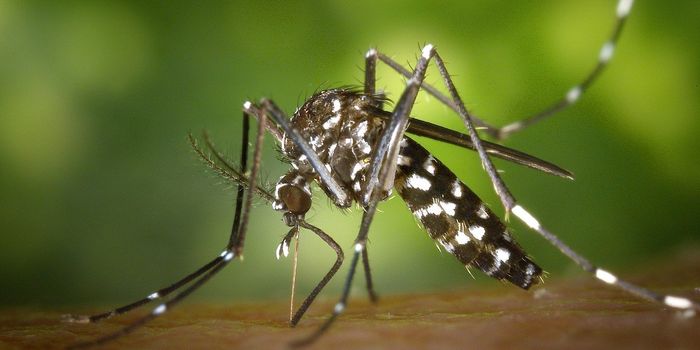A Mutation May Have Helped Howler Monkeys Survive Yellow Fever
In 2007, an outbreak of yellow fever devastated the howler monkey population of El Parque El Piñalito in the Misiones province of northeastern Argentina. Researchers including Ilaria Agostini saw it firsthand during fieldwork. Two species of howler monkeys that had been living at low numbers in El Piñalito were under observation, the brown (Alouatta guariba clamitans), and black and gold (A. caraya) howlers. The monkeys are known for their loud calls, but the trees had fallen silent.
"At the beginning, I found one dead monkey. Then in two hours, another one. In all my team and I found 14 dead howlers," said Agostini, a biologist at the Instituto de Biología Subtropical of Argentina. "That first day, we started to suspect it was yellow fever."
As human habitats encroach further into areas where wildlife still lives, chances increase that a pathogen will jump from an animal to a human, and a cause a zoonotic disease. But the reverse is also true; human diseases can infect animal populations. Logging activity, for example, has been increasing near where these monkeys live. Both the brown and black and gold howler monkeys are susceptible to yellow fever.
Tests performed on the deceased monkeys showed that they had been infected with yellow fever. But it was too late to help the monkeys in the park by then.
"Our howler groups just disappeared from the park. We found almost no signs of a presence until 2014--six years after the outbreak," Agostini said.
Scientists wanted to know more about the howler monkeys that had survived the outbreak of yellow fever, and whether they carried any beneficial variations in their genome that enable them to escape the effects of the disease.
"We saw many more dead black and gold howler monkeys than brown howlers after the outbreak," said study author Dr. Nicole Torosi, now a postdoctoral researcher at Rutgers University. "We wondered if there were genetic differences that may have helped the brown howlers survive somehow."
Reporting in the American Journal of Physical Anthropology, the research team looked specifically at genes that are critical to the function of the immune system. These genes can detect the type of RNA virus that yellow fever is, and destroy it; they are called toll-like receptor (TLR) 7 and TLR 8.
While they did not identify any variants that increased survival in the howlers, at they found were mutations in brown howlers. Two of them changed the proteins made by these TLR genes, in the region of their protein that detects the virus.
"If the amino acid sequence is different, then the protein is different, and that could affect the entire downstream response to dealing with the virus," said Torosin. "Maybe that's why more brown howlers survived."
It may be that the brown howlers were exposed to another virus which helped them deal with this one, and those beneficial mutations were retained, suggested the researchers.
"With COVID-19, we've seen how a virus that originated in China can spread across the world. Here, humans brought a virus to primates that have evolved without exposure to it for tens of millions of years and it nearly wiped them out," said study co-author and anthropologist Timothy Webster. "We're interacting with species in new ways that are creating new immune challenges, both for humans and for other species."
The howler monkeys still exist in the park, and if they are not confronted with more challenges, may yet recover, said Agostini.
"Just looking for them in the forest isn't efficient. They're so elusive and live at such low densities, you can go days without finding them," she said. "Recording their vocalizations could be very useful for howlers. They give these very loud calls."
Sources: AAAS/Eurekalert! via University of Utah, American Journal of Physical Anthropology










